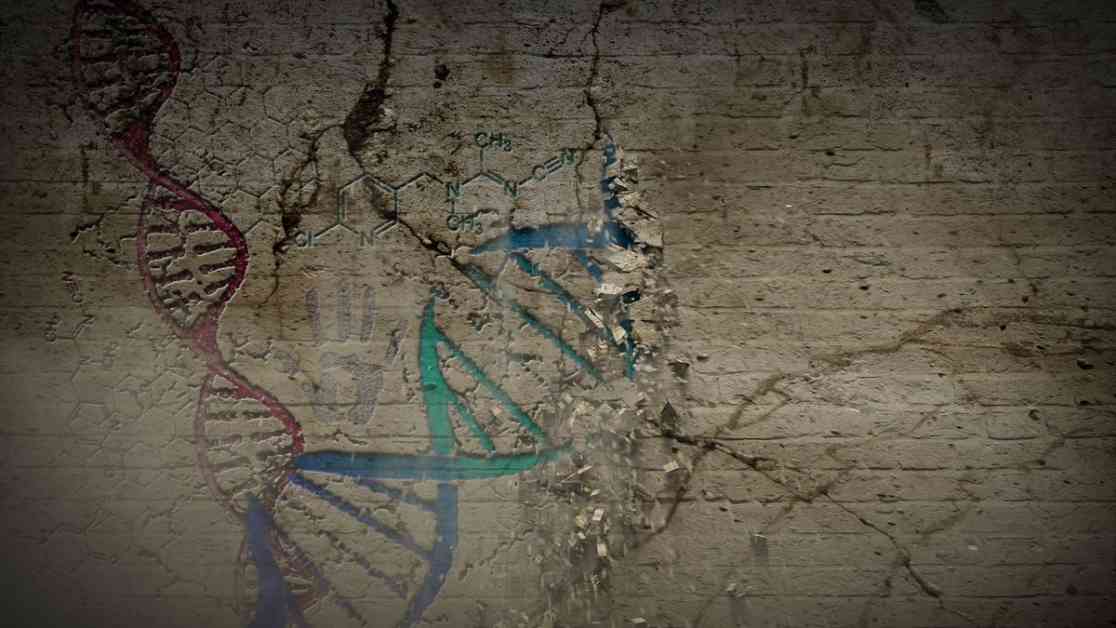The Oakhurst rock shelter in South Africa has provided researchers with a wealth of information about the region’s ancient inhabitants. Through the study of ancient DNA, scientists have discovered a continuous human occupation in the area for an impressive 9,000 years.
The archaeological site, located near the town of George, has been a treasure trove of artifacts and human remains dating back 12,000 years. The recent advancements in technology have allowed researchers to extract and analyze ancient genomes from skeletal remains, shedding light on the genetic history of the region.
What sets the population history of southernmost Africa apart from other regions is the long-lasting genetic continuity observed in the ancient genomes. Unlike in Europe and Asia, where major population movements have been documented, the individuals from Oakhurst show remarkable genetic similarity to present-day San and Khoekhoe people living in the region.
The study revealed that there was no significant influx of outside ancestry into the Oakhurst rock shelter between 10,000 and 1,300 years ago. This genetic continuity is complemented by cultural innovations and technological shifts observed in the archaeological record over time.
Around 2,000 years ago, newcomers introduced herding, farming, and new languages to the region, interacting with the local hunter-gatherer groups. Despite these changes, even individuals from 1,300 years ago maintained genetic similarities to their ancient counterparts.
The findings from the Oakhurst study offer valuable insights into one of the most culturally, linguistically, and genetically diverse regions in the world. By combining biological anthropology, archaeology, and archaeogenetics, researchers like Professor Victoria Gibbon are unlocking the secrets of South Africa’s rich history and heritage.
Professor Gibbon’s work in forensic anthropology and bioarchaeology not only contributes to scientific research but also addresses ethical considerations regarding the protection and rights of the deceased. Her efforts to establish standards for time since death estimation and improve forensic identification highlight the importance of responsible research practices in studying ancient populations.
As we continue to unravel the mysteries of our past through ancient DNA analysis and archaeological investigations, the story of continuous human occupation in South Africa stands as a testament to the enduring legacy of our ancestors and the importance of preserving our shared heritage for future generations.










